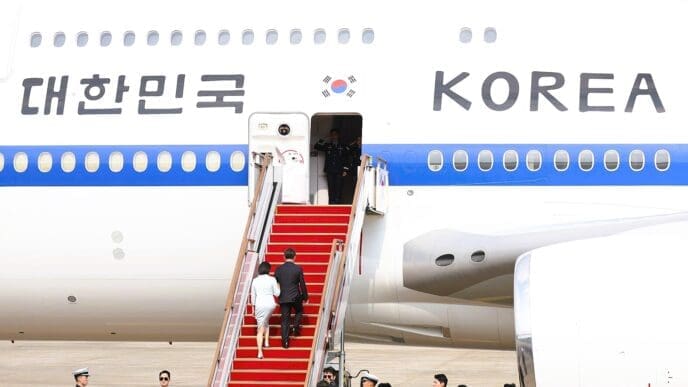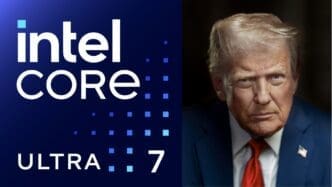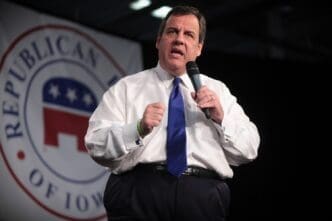Vice President Harris’ decision to forgo an appearance on the Joe Rogan podcast has sparked a wave of reactions. Key political figures, including Harris’ senior adviser Stephanie Cutter and well-known Democratic strategist James Carville, have weighed in on the matter.
Stephanie Cutter addressed the decision head-on, defending the vice president’s choice. She emphasized the importance of choosing platforms that align with Harris’ message and the administration’s objectives. Cutter, in a recent statement, explained, “It’s not just about reaching an audience but reaching the right audience with a message that matters.”
James Carville, a seasoned voice in Democratic circles, also shared his perspective, acknowledging the backlash but supporting Harris’ strategic decision. Carville remarked on the significance of being selective with media engagements, particularly in a polarized political climate. He noted, “In politics, you have to pick your battles and sometimes that means opting out of certain opportunities.”
The decision not to join Joe Rogan’s platform, known for its wide reach and sometimes controversial discussions, has been both criticized and praised across social media. Supporters argue that appearing on platforms that significantly diverge from one’s values might compromise the intended message. On the other hand, critics believe it could have been an opportunity to reach a broader audience that may not typically align with the vice president’s views.
This incident highlights the ongoing debate about the role of media choices in politics today. It raises questions about how public figures choose to engage with audiences and which platforms are deemed appropriate or beneficial.
The discourse surrounding Vice President Harris’ decision underscores the complexities of media engagement in modern politics. While the debate continues, it presents a reflection of how political figures must navigate the landscape of digital media in an era where every platform carries its own set of implications.
Source: CNN














